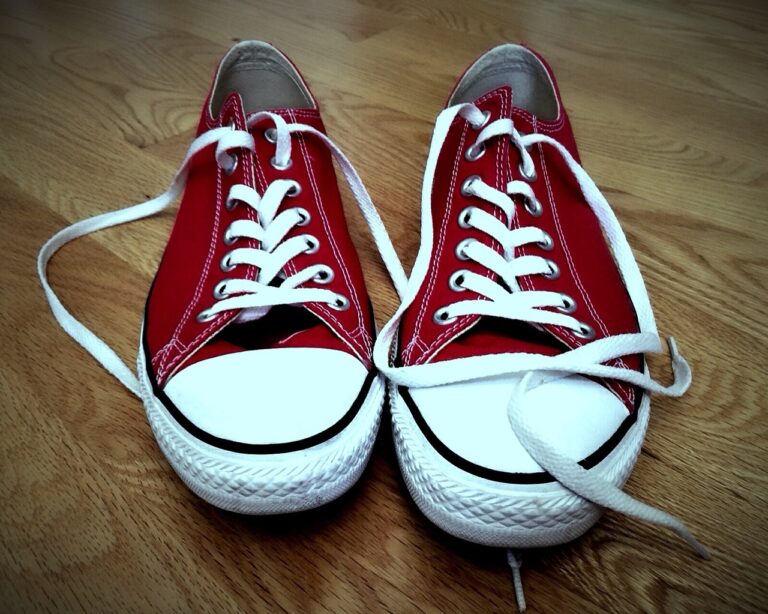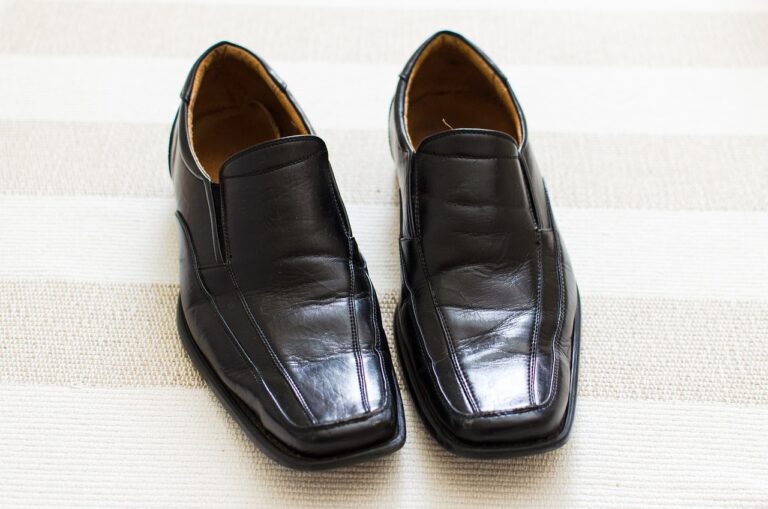Fashion and Cultural Identity: Traditional Dress in a Globalized World
In today’s interconnected world, the boundaries between cultures are becoming increasingly blurred. As globalization continues to shape our society, the exchange of ideas, values, and traditions has become more prevalent than ever before. One aspect of culture that has been greatly influenced by this phenomenon is fashion, particularly in the realm of traditional dress.
The Significance of Traditional Dress
Traditional dress holds immense significance in cultures around the world. It serves as a tangible representation of a community’s history, values, and beliefs. Through the intricate designs, patterns, and materials used in traditional attire, individuals express their cultural identity and heritage.
The Impact of Globalization on Traditional Dress
With the rise of globalization, traditional dress has not been immune to change. As cultures interact and merge with one another, traditional attire has evolved to reflect this cultural exchange. Today, we see a blending of traditional and modern elements in fashion, as designers draw inspiration from a myriad of cultural influences.
Challenges Faced by Traditional Dress
Despite the beauty and richness of traditional dress, it has faced challenges in a globalized world. The commodification of cultural symbols, appropriation of indigenous designs, and lack of respect for cultural authenticity are issues that threaten the integrity of traditional attire.
Preserving and Promoting Cultural Identity Through Fashion
In the face of these challenges, it is essential to actively preserve and promote cultural identity through fashion. By celebrating traditional attire and educating others on its significance, we can ensure that cultural heritage is respected and upheld for future generations.
The Role of Fashion in Promoting Cultural Diversity
Fashion has the power to break down barriers and promote cultural diversity. Through initiatives such as multicultural fashion shows, collaborations between designers from different backgrounds, and ethical fashion movements, the fashion industry can play a crucial role in fostering a more inclusive and diverse society.
Conclusion
In a globalized world where cultural boundaries are constantly shifting, traditional dress remains a powerful symbol of identity and heritage. By embracing traditional attire and celebrating the diversity of cultures around the world, we can create a more harmonious and inclusive society where all voices are heard and respected.
FAQs
Q: How can individuals incorporate traditional dress into their daily wardrobe?
A: Individuals can incorporate traditional dress into their daily wardrobe by mixing traditional pieces with modern garments, accessorizing with cultural jewelry or accessories, and supporting indigenous artisans and designers.
Q: What are some ways to support the preservation of traditional dress?
A: Some ways to support the preservation of traditional dress include learning about the cultural significance of different garments, attending cultural festivals or events showcasing traditional attire, and purchasing traditional pieces from ethical sources that support the communities they originate from.
Q: How can the fashion industry promote cultural diversity and inclusivity?
A: The fashion industry can promote cultural diversity and inclusivity by featuring a diverse range of models from different backgrounds, collaborating with designers from diverse cultures, and engaging in partnerships with organizations that support cultural preservation and inclusion.







